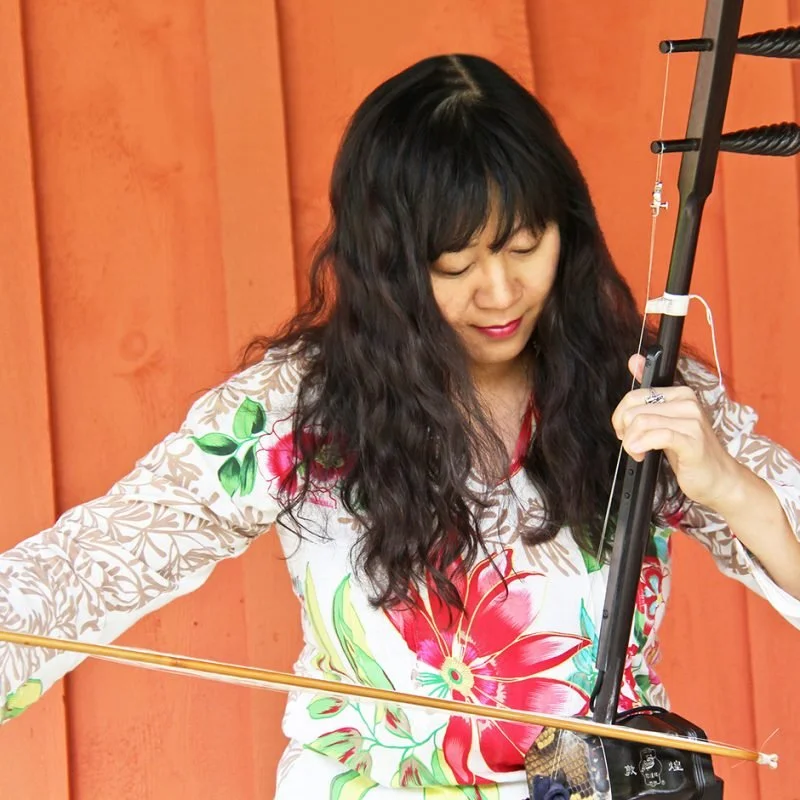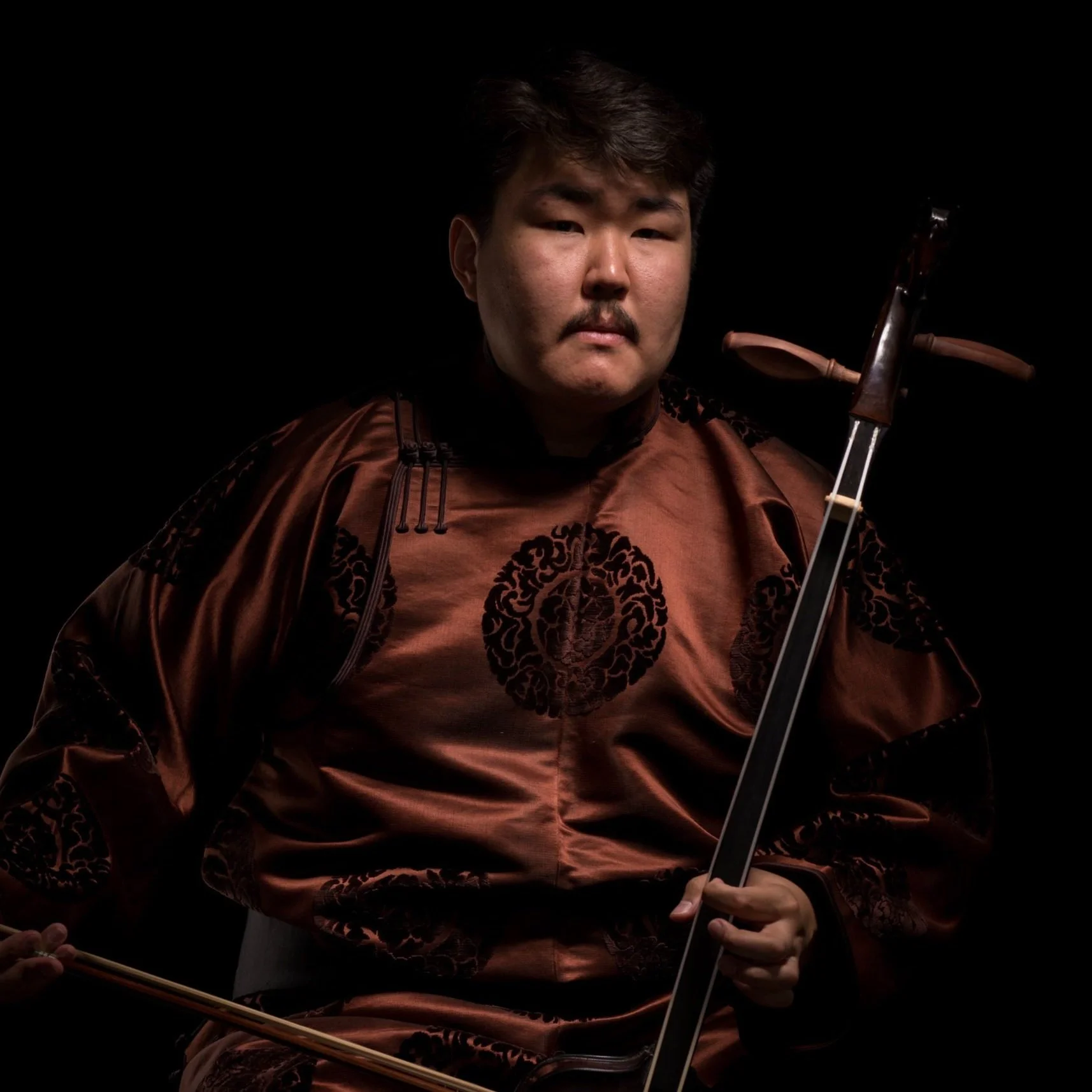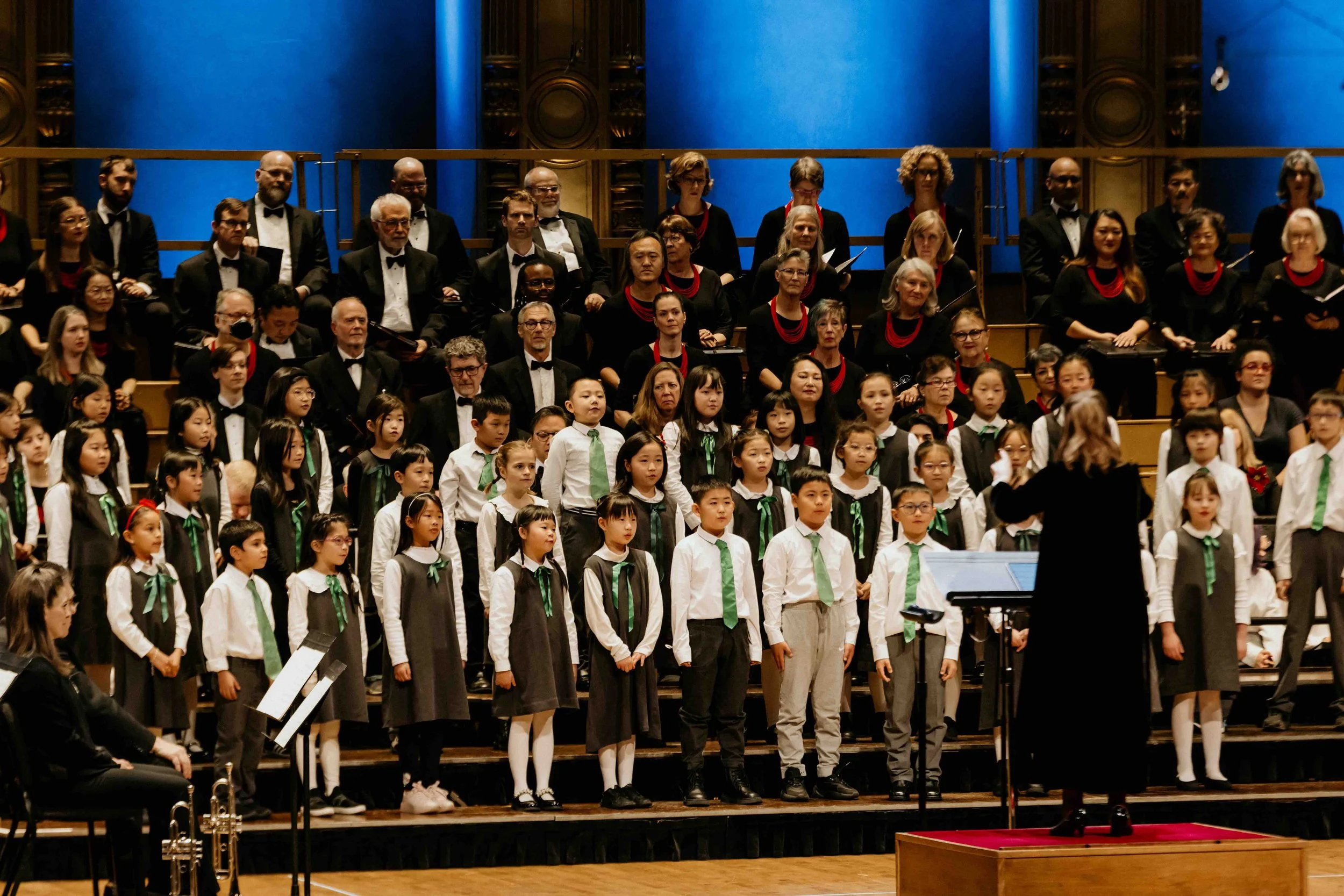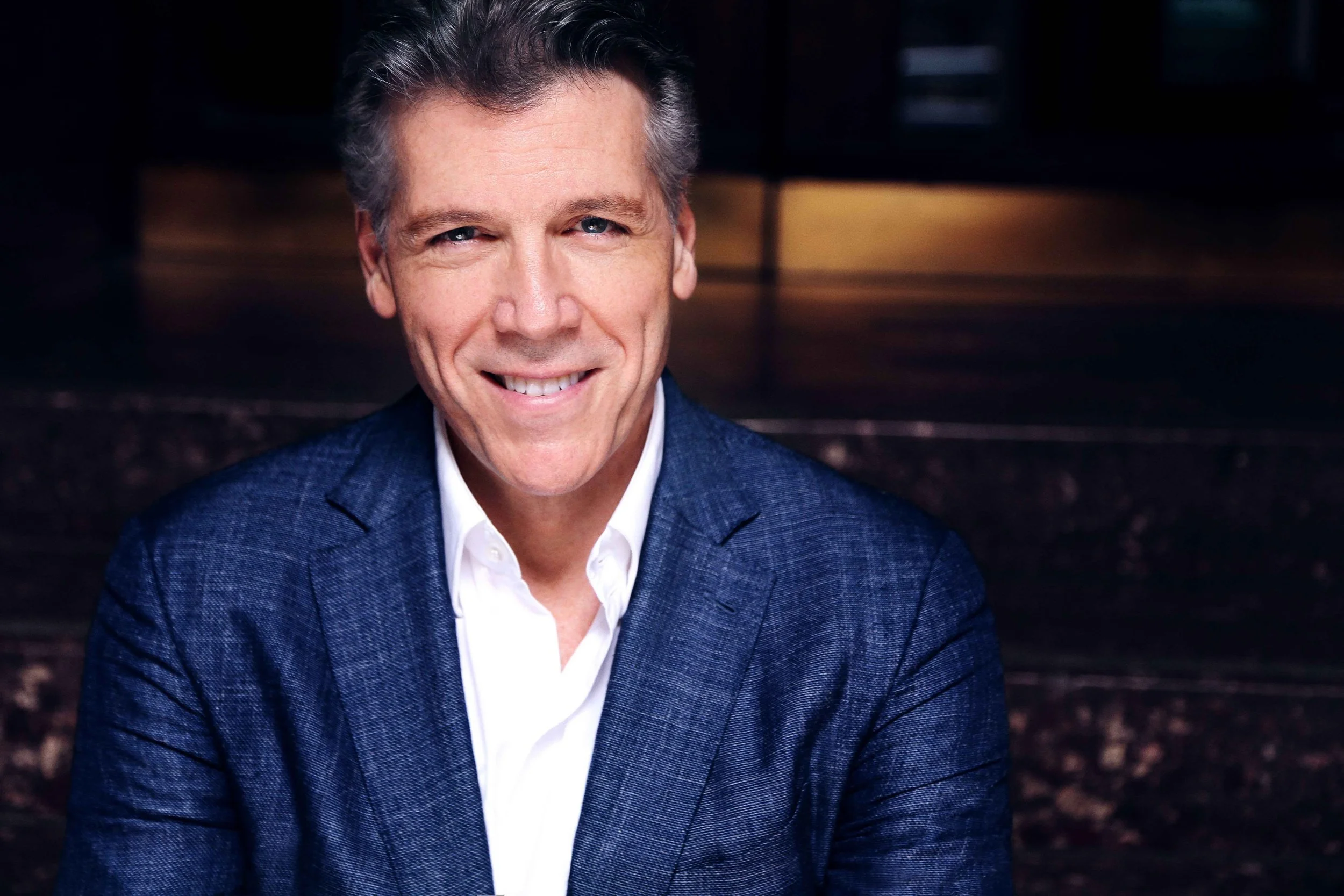Sound of Dragon Music Festival fosters intercultural collaboration across the Asian musical landscape
Mongolian-American musician and throat singer Anand Avirmed, China’s erhu virtuoso Yang Xue, and B.C.’s gamelan innovator Sutrisno Hartana among those taking to the stage at the Annex from May 23 to May 26
Lan Tung.
Anand Avirmed.
Sound of Dragon Music Festival is at the Annex from May 23 to 26
“ECLECTIC” DOESN’T BEGIN to cover it. Anand Avirmed’s LinkedIn profile points out that the multitalented Mongolian-American was a high-school lacrosse champion, works as a safety officer at the Silver Eagle Group shooting range in Ashburn, Virginia, and is currently enrolled at that state’s George Mason University, studying information technology with a view to becoming a cloud engineer or information-systems consultant. But he’s not in Vancouver this weekend to puncture targets, whack a hard rubber ball with a lethal stick, or overhaul anyone’s website. Instead, he’ll be onstage at the Annex on May 24, playing a traditional morin khuur (horsehead fiddle) and demonstrating his mastery of several different kinds of overtone singing: khoomei, kargyraa, sygyt, and more.
Better still, on the sixth annual Sound of Dragon Music Festival’s opening night, he’ll be joined by a rather remarkable cast of local musicians. The idea, according to the festival’s founder and artistic director Lan Tung, is that Avirmed will get to stretch his abilities more than he usually does onstage—and so will his fellow performers.
“I’m interested in having all of our guests collaborate with local musicians, so they don’t only come here, play, and then leave,” she says, in a telephone interview from her East Vancouver home. “Through the process of working together they can leave a longer impact. So we’ll have a band that will be working with him, and that’s all Vancouver musicians, including Ali Razmi on tar, the Persian musician, and then also Curtis Andrews playing percussion. Curtis is known for playing Indian music, but at different times he will use more of the African instruments that he’s also known for. And then there’s also erhu and Chinese flute. So it’s not just Mongolian music; what is interesting is making different sounds, not just having a Mongolian band come to perform. It’s that cross-cultural element.”
Tung modestly fails to mention that she’ll be the one playing erhu with Avirmed, although she allows that Sound of Dragon reflects her own life experience of chasing intercultural collaboration from Taiwan, her birthplace, to Canada, and then on to Europe, Morocco, Mumbai, Cairo, Singapore, and beyond. While the festival does focus on presenting Chinese instruments, she says, the context is always shifting, just as her own interests continue to evolve. “Over the years,” she notes, “we’ve presented a very large percentage of cross-cultural collaboration, rather than only pure Chinese music.”
Those who do want to get a sense of where Chinese music is today, both at home and abroad, are advised to investigate Sound of Dragon’s two free workshops: one looking at Chinese percussion music, which will be facilitated by Edmonton-based Hsuan-Ning Huang at the Annex on May 23, the other starring one of China’s leading exponents of the erhu, Yang Xue, also at the Annex, at noon on May 25. Both have been spun off from larger events during the festival’s four-day run, and from Tung’s globe-trotting adventures.
Although Yang currently holds a full-time position at Beijing’s prestigious Central Conservatory of Music, Tung first met her in Amsterdam. As part of an exchange program with the Vancouver Inter-Cultural Orchestra’s Dutch equivalent, the Atlas Lab, Tung was there as a composer; Yang was a guest soloist. Sharing an instrument, deep curiosity about other cultures, and a love of travel, the two hit it off to the point that now Tung never has to bring her own erhu to China; she can simply borrow one of Yang’s.
Here, Yang will present the local debut of her Bows and Strings’ Dance ensemble, a new twist on the string-quartet format that replaces the violins, viola, and cello with four erhus (May 25). (Tung credits the band with inspiring her own Erhu Quartet, which despite its name features only two of the Chinese strings, augmented by viola and cello.) Online evidence suggests that Yang’s group owes quite a bit to the European string-quartet tradition; as Tung points out, there is no history of erhu quartets in traditional Chinese music. (In general, the instrument takes a very singer-like role in chamber music, supported by plucked strings.) But Tung also observes that Yang’s set will showcase the festival’s turn, this year, from modernistic chamber orchestras such as VICO, the Turning Point Ensemble, and Taiwan’s Little Giant Chinese Chamber Orchestra toward smaller groups and more melodic music.
Nonetheless, the festival will end with a bang, thanks to a night of percussion music on May 26, with Huang leading a group of four percussionists and three winds, after which Tung’s own Orchid Ensemble will join forces with University of Victoria professor and gamelan innovator Sutrisno Hartana. That collaboration goes back to 2008, but also reflects Tung’s wandering path. The two most recently collaborated in Java in December of last year, and they’re looking forward to a concert this winter with their Crossbridge Strings ensemble, which also includes kamanche player Sina Ettehad, violinists Meredith Bates and Josh Zubot, violists Lucy Strauss and Reginald Quiring, cellist Marina Hasselberg, and bassist James Meger.
Here, again, the connections are strong—and future travels, both sonic and physical, are guaranteed.
![]()















